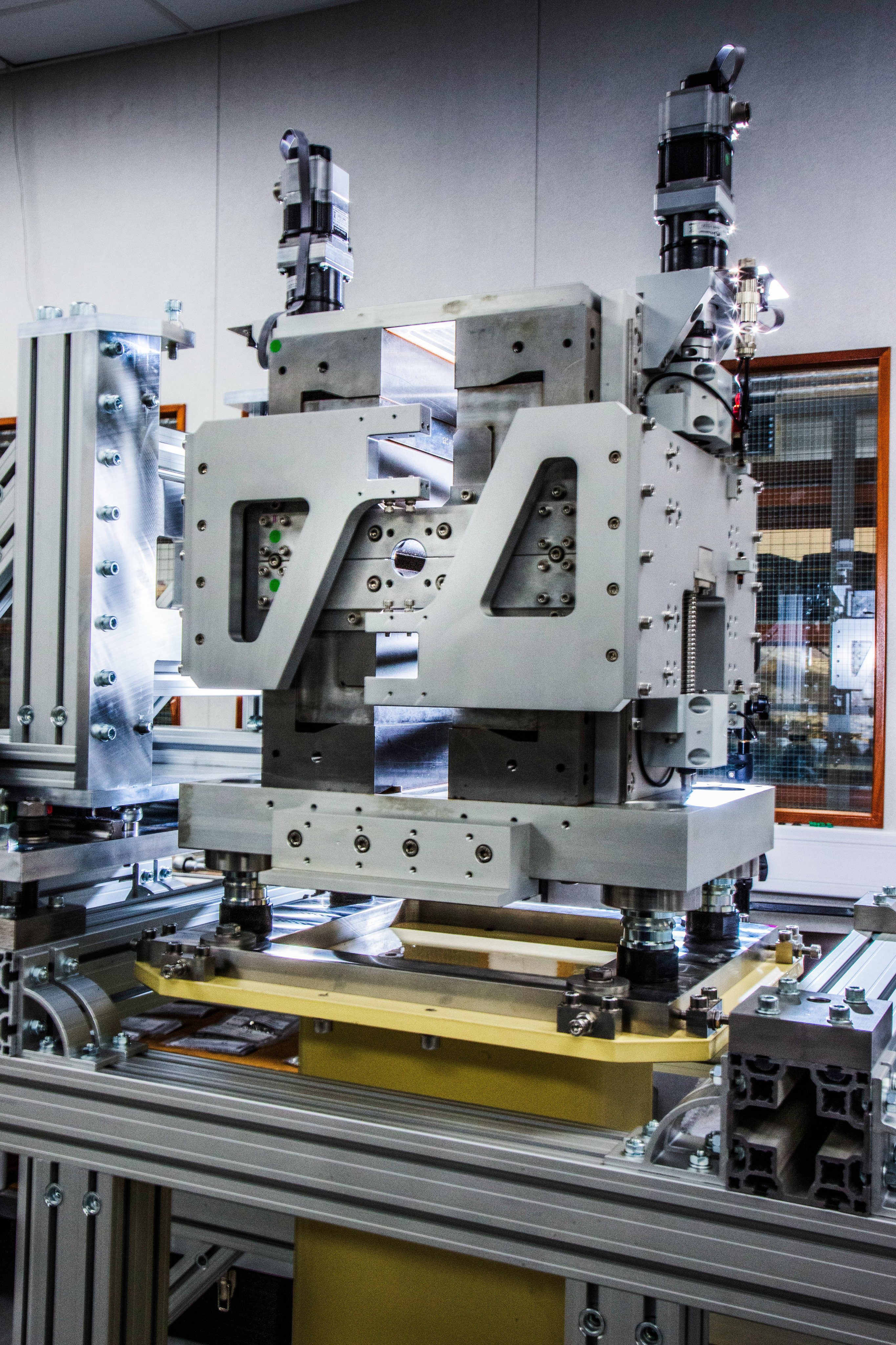Depending on their type and application, accelerator-driven research infrastructures consume large amounts of electricity from the grid, ranging from a few MW to 100 MW for the largest facilities. When it comes to sustainability, energy consumption is naturally the first issue that comes to mind, but it also comprises many more important categories, such as the use of the scarce resources of water and helium, the carbon footprint of buildings and underground tunnels, and the environmental impact of critical materials, and in particular rare earths.
In recent years, new synchrotron light source projects have used increasingly accelerator magnets made from blocks of permanent magnet material. A major advantage of these magnets is their compactness, which allows the design of more refined magnet lattices for low emittance rings. Obviously, permanent magnets need no power, and together with significant brightness increase in the new synchrotron light sources, we can observe a huge improvement of performance per grid power. A comparative study of the carbon footprint of electromagnet-based quadrupoles versus permanent magnets by Ben Shepherd (UK, STFC) showed an impressively larger footprint for electromagnets, dominated by power consumption in operation.

On the other hand, the rare earths needed for the permanent magnet blocks are critical materials for several reasons. At DESY, in Hamburg, experts from various research fields and organisations gathered in the frame of the I.FAST project, to discuss best practices in the extraction and use of rare earth-based materials, and to link these to the specific needs of particle accelerator design. This workshop, organised under the leadership of Denise Völker, head of DESY's Sustainability Department, is the first workshop in the accelerator community to address the topic of critical materials.
In fact, the most common applications of permanent magnets today are motors and generators of electric cars and wind turbines, as such products associated with green technologies. In the field of accelerators, we can profit from the developments that were triggered by these dominating applications, and many interesting approaches were presented at the workshop.
But why do we consider rare earth materials as critical? The mining of these materials is often carried out in unsafe conditions and presents a heavy burden for the environment. Although the operation of magnets needs no power, the manufacturing of them is associated with a carbon footprint.
In their comprehensive talks, Petra Zapp (IEK-STE) and Martin Erdmann (BGR) presented existing standards and methods to assess such very different environmental and societal impacts of rare earth production on a common scale. The example of assessing various types of wind turbines can serve as model for accelerator magnets. Lutz Berners presented an example on the certification of supply chains for rare earths. Jürgen Gassmann (Fraunhofer IWKS), Carlo Burkhardt (STI) and Daniel Vogt (TU Freiberg) addressed the important topic of recycling rare earths from used magnets. The clean extraction and separation of magnet materials is often difficult in today's products. This is a major issue for an effective recycling strategy. Finally, the alternative of using energy efficient magnets based on modern high temperature superconductors was discussed in a dedicated session, and concrete designs were presented.
The workshop raised awareness among the participating accelerator experts of the critical issues associated with permanent magnets. While the very low energy consumption of permanent magnet-based accelerator lattices is a welcome advance, care must be taken in the procurement and lifecycle management of magnet materials. Concrete measures for future projects could include requesting certified supply chains, a criterion that can be part of the tender specifications. Recycling is an essential concept for any critical material and magnets should be designed so that the magnetic material can be easily and completely extracted. Denise Völker summarized: “We must continue to sensitise scientists to the issue and we will push even harder for the criterion of recyclability to be included in our research projects.
The I.FAST project has received funding from the European Union’s Horizon 2020 research and innovation programme under grant agreement No 101004730”.

